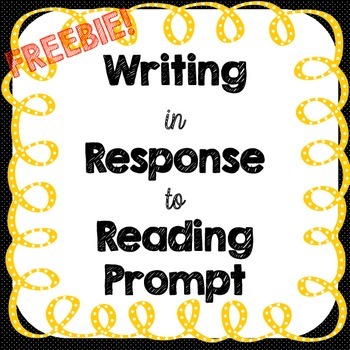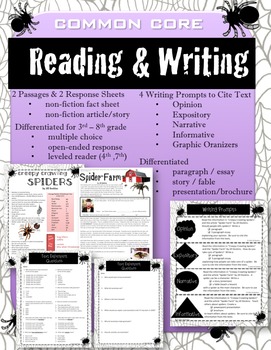
We appreciate your support of the preservation process, and thank you for being an important part of keeping this knowledge alive and relevant. Scholars believe, and we concur, that this work is important enough to be preserved, reproduced, and made generally available to the public. Within the United States, you may freely copy and distribute this work, as no entity (individual or corporate) has a copyright on the body of the work.Īs a reproduction of a historical artifact, this work may contain missing or blurred pages, poor pictures, errant marks, etc. This work is in the public domain in the United States of America, and possibly other nations. Therefore, you will see the original copyright references, library stamps (as most of these works have been housed in our most important libraries around the world), and other notations in the work. This work was reproduced from the original artifact, and remains as true to the original work as possible. The Prompter can also show colors if that is helpful to your reader. A (((STARTS))) and (((ENDS))) at top and bottom of your script can also help the reader be more natural.This work has been selected by scholars as being culturally important, and is part of the knowledge base of civilization as we know it. Having perforce to be on the constant look-out for signs of forgetfulness on the part of the actors, and then failing to find the place when they actually do break down, is. Cues: It is good practice to put any cues or directions in parentheses, like this (((PAUSE))). Short Comedy A stage prompters job, as everyone knows, is a heart-breaking one, both for the prompter and the prompted.If you need to emphasize a word consult your reader and use CAPS or **asterisks** Prompter fonts are by their nature large and bright, so your reader will not easily see a difference when text is in Bold. Italics and Bold: Don’t be this guy! Italics make prompters harder to read and throw off rhythm.

Line Spacing: No more than one line between paragraphs to avoid too-long or unnatural pauses between thoughts.For example - 1,234 should be written “one thousand, two hundred, thirty-four while twenty-eight can be “28.” The exception? 11 - way too often people will read it as Roman numerals 2 (just ask any reporter who dealt with North Korea and Kim Jong Il - or Kim Jong the Second as at least a few people blew!) Numbers: Ask reader’s preference but a good rule of thumb is to spell out any number bigger than two digits.The Prompter uses its own font so no Comic Sans! Font Size: This can be adjusted by the Teleprompter operator to suit the reader’s eyesight and preference.The Prompter works either way, so it is a personal preference. Cap Lock?: Check with your reader before formatting whether they prefer all Caps or sentence-case.Remember also that a prompter has much smaller screen than your monitor so indentations can throw off your reader. Bullets and Indents: If you must have bullets, a simple asterisk (*) with a space after it is adequate. The way opposition is poised to spin every potential syllable negative it’s suicidal for a President to ad lib.Best bet is to remove all formatting and save your script as a. Text Files: Prompters do not play nice with bullets, indents, foreign characters, or MS Word special formatting such as superscript.If you are reading from paper, use moderately loose (1.5x) line spacing and black text on white at a moderately large size (like 14-15 pt). Test the sizes and distances involved so you know what size you need on screen. Avoid convoluted sentences and things like semicolons, which work on paper but not in a script. Or, use white text on a black background if the area around the screen is going to be relatively dark.




 0 kommentar(er)
0 kommentar(er)
